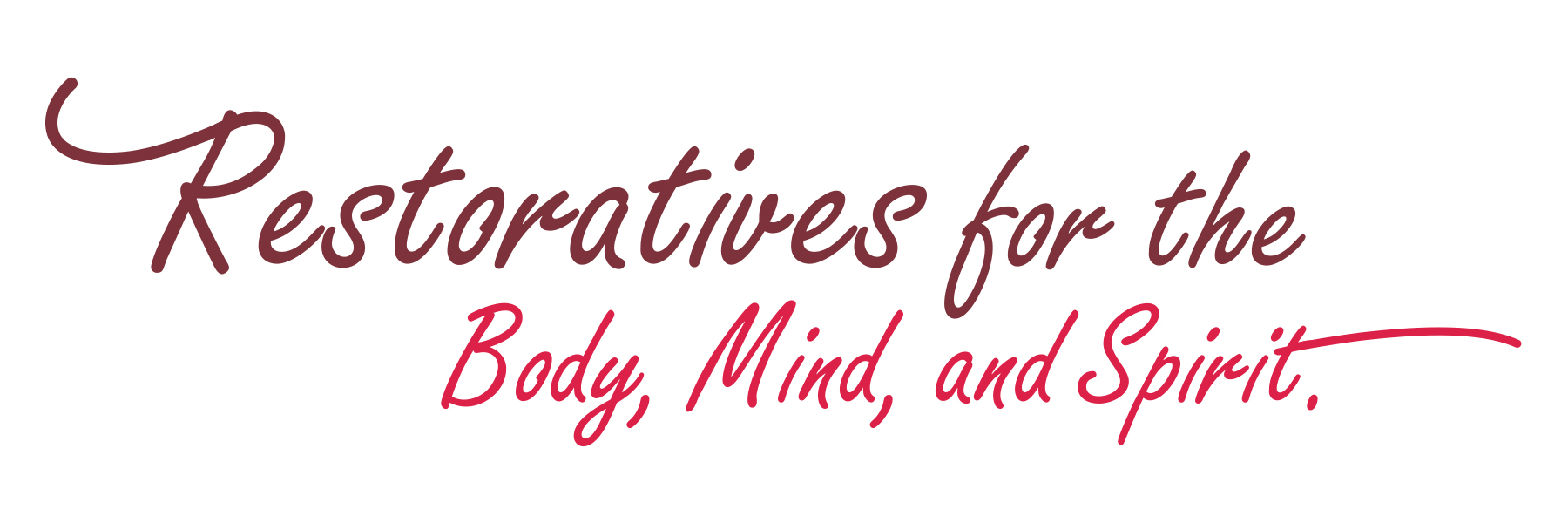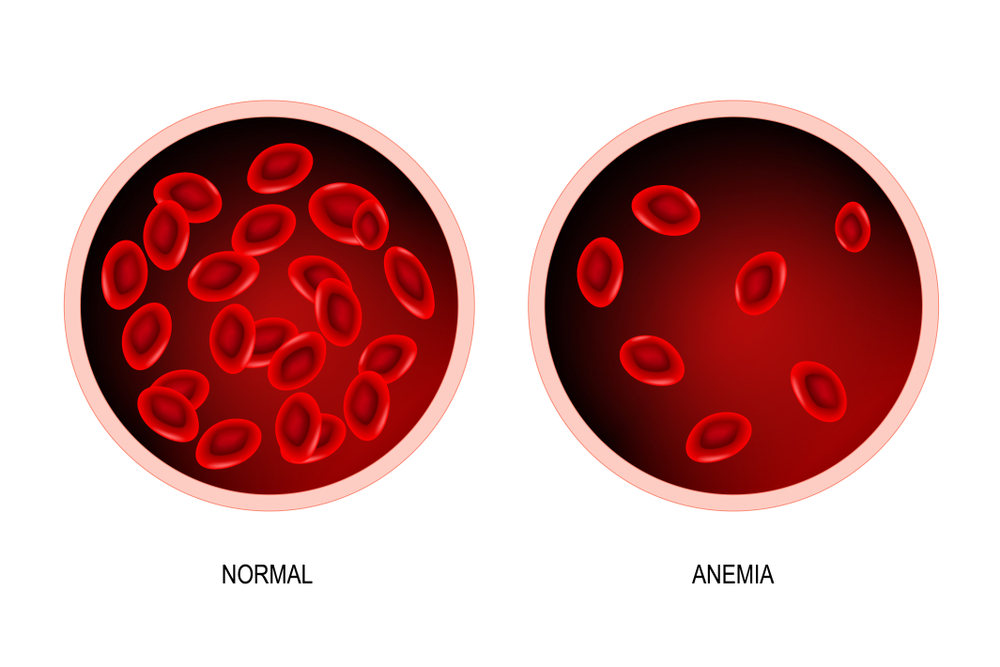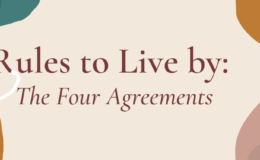Every atom of oxygen in our lungs, of carbon in our muscles, of calcium in our bones, of iron in our blood – was created inside a star before Earth was born.
-American Museum of Natural History blog
Part I
In Part I, I have explored iron as an element and how we have interacted with iron historically including symptoms that may indicate low iron levels.
Part II will explore iron’s specific role in the human body and include a variety of suggestions of how iron levels have been shown to be supported across a range of healing modalities.
***If you suspect you have iron deficiency, work with a medical professional to create an appropriate treatment plan.***
Iron deficiency affects 30% of the global population and occurs in the highest rates among menstruating women. However, I’ve noticed a pattern lately that women and men of all ages, 15 to 85, are dealing with low iron levels or iron deficiency. What’s going on and why is an issue that so many are dealing with right now? While it’s easy to zoom into the micro-level and identify low-iron as the problem, it’s also important to expand our view and perspective to have a deeper understanding of what’s going on in order to make the best choices for our optimal health and wellness.
Iron is fundamental and vital. All living cells in plants, animals, humans, and even bacteria, virus and cancer cells require iron to grow and sustain life. Iron is an essential ingredient in the life cycle itself. Plants use iron to make chlorophyll which in turn creates the oxygen that we breathe. The iron in our bodies is mostly located in the hemoglobin and its magnetic properties attract oxygen from the lungs and transport it to the tissues and organs in the bodies. When it’s working properly, it’s a very efficient system and the oxygen our cells receive are expressed in energy and vitality. Low iron is actually feedback of an imbalance in the body and it’s worth taking some time to be reflective and deepen our understanding of the situation.
Fatigue is a common initial sign of low iron. Other symptoms include: breathlessness, pale skin, frequent infections, swollen tongue, hair loss, headaches, insomnia, dizziness, bleeding gums, rashes, cold hands and feet, craving for meat, craving for dirt or clay (known as pica); and extends to emotional and psychological problems including anxiety, depression, and difficulties in concentration. While iron is essential, it is also highly regulated in the body due to its toxic nature in high amounts. Because of this, it’s very important to explore the root cause of low iron and the best way to increase levels safely. I will elaborate on this further along when explaining iron absorption.
When we experience fatigue we are low in energy. We appear as if wilted and our bodies literally vibrate at a lower frequency than when we are well. It’s like the lights have been dimmed. Adequate iron levels must be achieved to recharge the body’s battery and regain energy. Iron is associated with physical strength, energy, masculinity, and the planet Mars. The Iron Age is thus named for the use of the material making tools and weapons. It’s no wonder then that someone experiencing low iron levels will feel depleted in strength and power. In addition to this general weakness, the body is left with very little reserves to combat new viral and bacterial threats and the healing process slows down greatly. Let’s start with learning a little more about iron in history.
***It’s very important that you see a doctor or medical professional if you suspect iron deficiency. This information is meant to enhance your understanding of iron deficiency.***
In its overview statement on iron deficiency, The Mayo Clinic suggests that, “You can usually correct iron deficiency anemia with iron supplementation. Sometimes additional tests or treatments for iron deficiency anemia are necessary, especially if your doctor suspects that you’re bleeding internally.”
However, scrolling down a bit on the same page, we are informed that we should see a doctor before starting iron supplements:
“If you or your child develops signs and symptoms that suggest iron deficiency anemia, see your doctor. Iron deficiency anemia isn’t something to self-diagnose or treat. So see your doctor for a diagnosis rather than taking iron supplements on your own. Overloading the body with iron can be dangerous because excess iron accumulation can damage your liver and cause other complications.”
Iron ore and Iron lore
Iron is one of the most abundance elements in the universe. Iron on Earth is found both in the outer crust and the core. The element of iron is strong and malleable and magnetic. The magnetic core of the Earth connects our planet to the greater universe and cosmos; and the iron in our body represents our connection to the whole. The magnetic field of the Earth supports the gravitational pull which maintains the protective atmosphere of Earth. The iron in our bodies also supports our own protective energy field without which we are more vulnerable physically, mentally, and spiritually. Let’s explore iron throughout history with a few examples from pre-history to modern times.
Traditional cultures are known to have used iron that arrived on Earth from meteorites. There is evidence of meteoric iron tools recovered in Egyptian pyramids. Among other ancient cultures from North America to Tibet to Namibia and China to name a few, meteoric iron was revered as a gift from the gods or the “Sky People” and was considered a purifying, cleansing, and healing resource which gave energy and strength.
The Chalice Well in Glastonbury, a popular pilgrimage spot abundant with histories of King Author is known for its iron rich water. The water has a reddish hue that comes from the ferrous iron content in the rocks. Visitors can put their feet in the water or collect the water to take with them and it is known in the region to invoke healing.
Throughout the ages and even in more recent times, superstitions around iron have prevailed. In addition to the physical protection provided by iron such as suits of armor in the Middle Ages, it was also thought that iron provided protection from faeries and bad spirits, thus children would be put to sleep in beds with iron frames to invoke that protection. Iron was also used to make graveyard fences as it was thought that the iron would keep the ghosts contained within. Generally, iron was believed to repel or harm ghosts, witches, and other malevolent supernatural creatures. In the Disney movie, Maleficent, this is expressed as fact in the statement, “Iron is lethal to faeries. The metal burns them on contact.”
An iron horseshoe on the door is another symbol of both good luck and protection. In Scotland, there is a tradition that a woman carry an iron horseshoe in her wedding bouquet to protect the marriage union. Scotland also allows blacksmiths to perform wedding ceremonies and the legal age of marriage was younger than in England. Young English women would flee to Gretna Green at the Scottish border for a marriage to be performed by a blacksmith, also known as “anvil priest” because of the tradition of sealing the marriage with the pounding of the anvil which has become a symbol for Gretna Green weddings.
During our own lifetime and in modern vernacular, we pump iron at the gym, iron out the wrinkles of a difficult situation, put too many irons in the fire, rule with an iron hand, and strike while the iron’s hot. We celebrated when the Iron Curtain came down; we experienced the leadership of the Iron Lady in the UK; and we watched the comic Iron Man rise to popularity in films.
Since early times, iron has always symbolized power, protection, and healing which is evident in physical representations and embedded within stories and superstitions.
End of Part I
Coming soon – Part II
Part II will explore iron absorption in the body and practical tips and pitfalls to look out for coming from a variety of modalities that have been shown to support optimal iron levels.
If you are interested in focused support with your specific health challenges, please contact me at sheila@restorativelife.com







